When it comes to healthcare, a power outage isn’t just a minor hiccup—it’s a potential risk to patient safety and care continuity. However, not all healthcare facilities are created equal when it comes to their backup power requirements. Each setting brings its own set of power needs, codes and compliance challenges.
In this manufacturer roundtable, Healthcare Facilities Today spoke with backup and emergency power manufacturers about how those needs vary by facility type.
How do backup power requirements vary across different healthcare settings, such as hospitals, outpatient clinics or long-term care facilities?
“Backup power needs differ significantly by healthcare setting. Hospitals require robust, high-capacity systems to support critical care units, operating rooms, and life-support equipment with near-instantaneous power transfer. Outpatient clinics and long-term care facilities typically have lower power demands but still need reliable backup for essential lighting, HVAC, and medical devices.”
— Richard Sizemore, Business Development Manager, North America, Aggreko
“Long-term care facilities commonly have no backup power systems or very minimal power systems required on site. But as you move into an outpatient clinic, it’s common for them to have to do small surgical procedures or operations. With that comes requirements for a small single backup power generator.
When you get into the larger emergency facilities or enterprise sized facilities, those are going to have substantial multi-generator integrated backup power systems. You’ll also see those nowadays with combined heat and power (CHP) systems where you’re using the heat from the generators to power chillers or hot water. Then lastly, you’re seeing the inclusion of natural gas generators for peak shaving application with the utility included more commonly in healthcare facilities as well.”
— Shannon Dynge, director of strategy, ASCO Power Technologies / Schneider Electric
“The bigger facilities have higher requirements for uptime and they’re much more sensitive. For example, if you have an extended power outage, a small outpatient facility can probably cease operations with minimal impact until power recovers. However, if you have an extended outage, a major enterprise hospital needs to continue running and stay online for days, even weeks during more extreme weather and climate events.”
— Victor Bonachea, expert product owner, ASCO Power Technologies / Schneider Electric
“Backup requirements for healthcare facilities are highly complex, vary by facility type and state and federal (including the Joint Commission and CMS) codes and requirements. And related codes, standards and laws are evolving. It can be confusing to understand and navigate what to follow when. For example, the CMS is on the 2012 edition of the NFPA 99 (life safety code) and 110 (standard for emergency and standby power systems), whereas your state may have adopted a more recent version of those codes.
When it comes to backup power requirements, the type of care your organization provides matters, and you may have multiple types of facilities, each with specific backup power needs. For instance, hospitals require comprehensive standby power for essential electrical systems, including life safety, critical care equipment, HVAC and IT systems, and are often mandated to use bypass isolation ATS and generator paralleling systems.
Outpatient clinics typically require less complex backup systems but still must provide uninterrupted service to support critical diagnostics, refrigeration (e.g., for vaccines) and communication systems. Long-term care facilities must maintain life support systems and basic care services. In Florida, there are specific temperature and backup duration requirements. Also, California recently required that skilled nursing facilities have 96 hours of onsite emergency power.”
— Justin Carron, director of buildings and campuses, Eaton
Jeff Wardon, Jr., is the assistant editor of the facilities market.
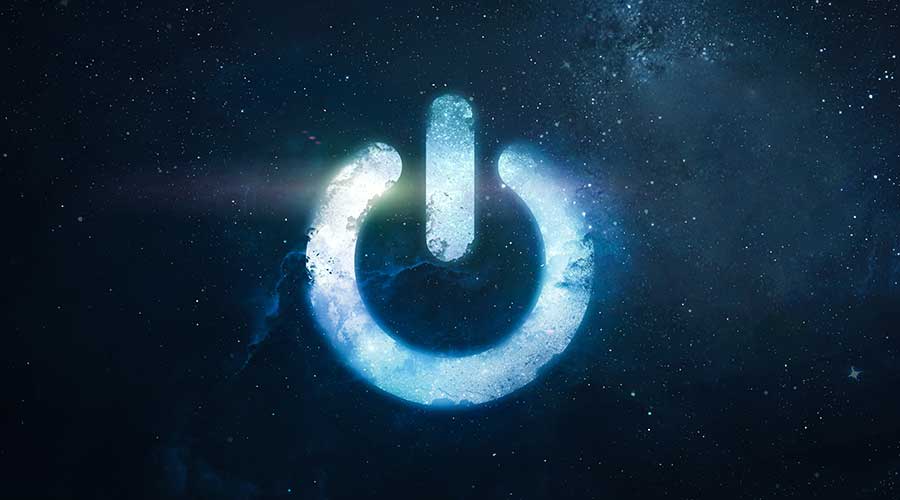
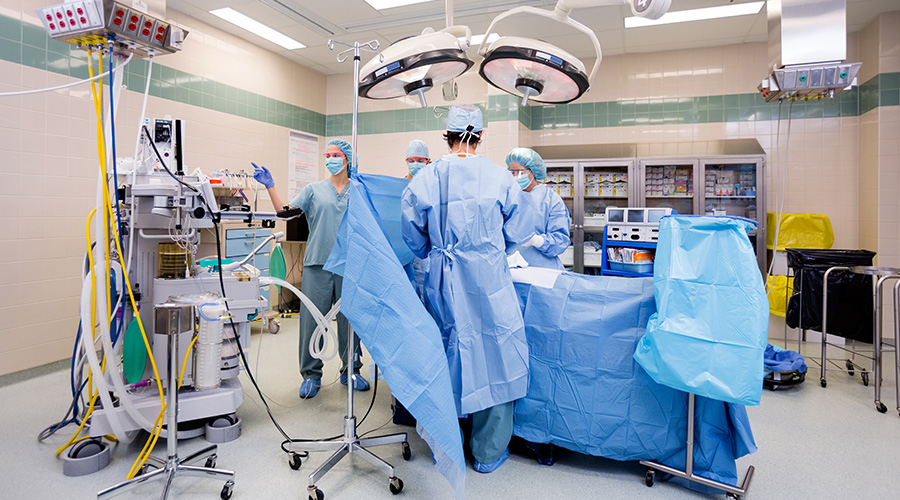 Why A Skilled Cleaning Staff Matters in Operating Rooms
Why A Skilled Cleaning Staff Matters in Operating Rooms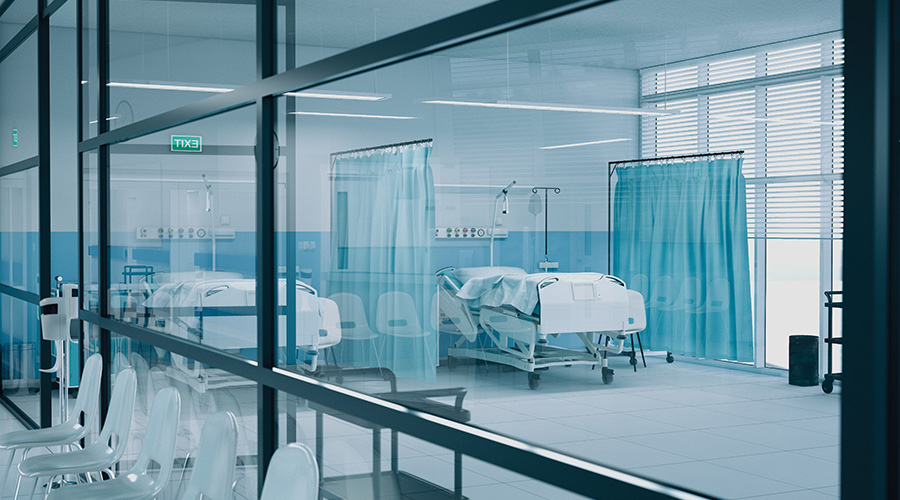 General Leonard Wood Community Hospital Opening Date Set
General Leonard Wood Community Hospital Opening Date Set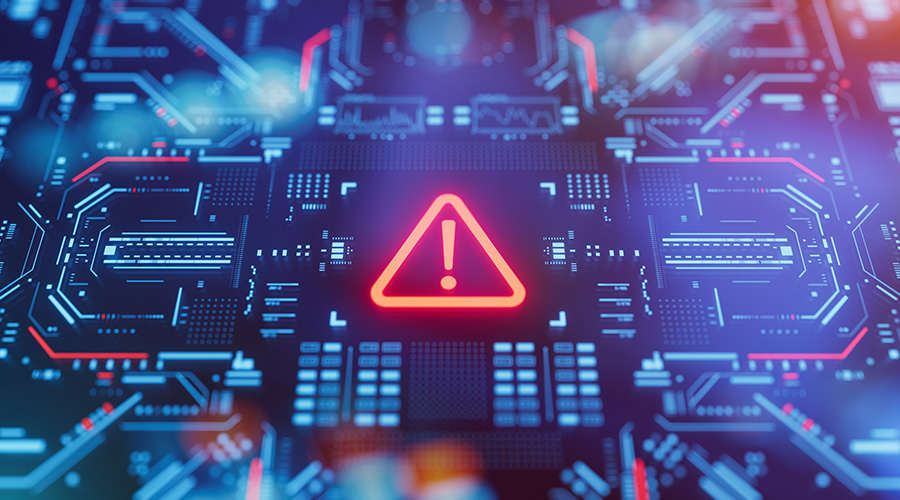 Heritage Communities Experiences Data Breach
Heritage Communities Experiences Data Breach State of the Facilities Management Industry in 2025
State of the Facilities Management Industry in 2025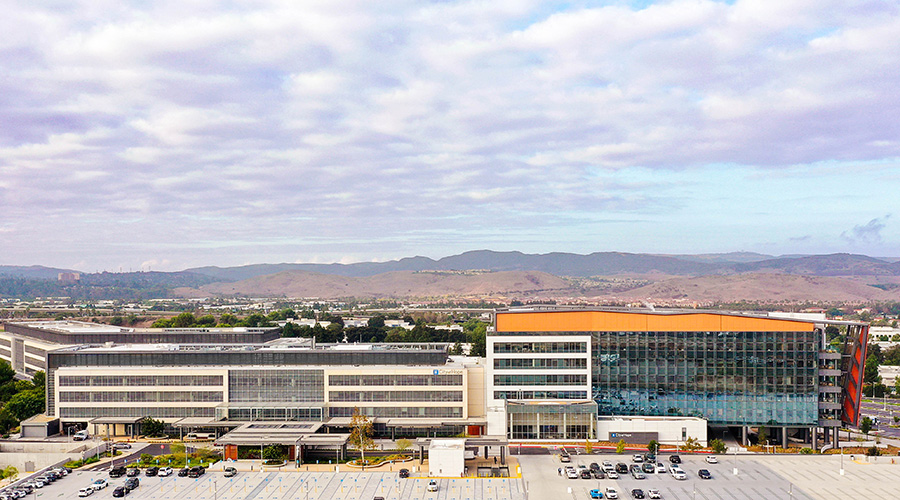 City of Hope to Open New Cancer Specialty Hospital in California
City of Hope to Open New Cancer Specialty Hospital in California